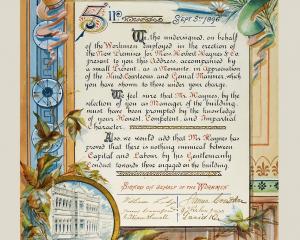
I had been assigned telescope time by the very kind authorities to test a powerful new colour camera on one of the observatory’s smaller telescopes.
However, if the weather conditions were good near dawn, I was determined to use that same camera to photograph a bright comet.

Back in 2002, as the head of the outreach office at NASA’s Space Telescope Science Institute, I was part of the team that selected the first astronomical targets for a new camera on the Hubble Telescope.
You might assume that a brand-new state-of-the-art camera on the (then) best telescope in existence would capture memorable and remarkable pictures wherever it was pointed.
But it wasn’t that simple.
The astronomers, who had dedicated decades to designing and building the camera, were concerned that the first pictures, when released to the public, would lead to groundbreaking discoveries by colleagues for which they would not receive credit from scientific publications.
This led to a set of targets that were, frankly, quite bland, but still made it to the front page of the New York Times on the day they were released.
Thankfully, the camera I was testing last weekend was self-funded, which meant I had the entire sky at my disposal and no academic astronomers to question my target selection.
For the inaugural use of the new camera, I chose the Eagle Nebula, a personal favourite in the sky.
Nestled in the constellation of Serpens, this iconic object has fascinated astronomers for centuries.
Often referred to as "the pillars of creation", this nebula’s dark clouds veil tens of thousands of newborn stars.
After a night spent capturing the beauty of the cosmos, as the dawn began to brighten the sky, I detached the camera from the telescope and ventured outside to track down the comet.
The sight that greeted me brought a smile to my face, a testament to another successful night beneath southern skies.











